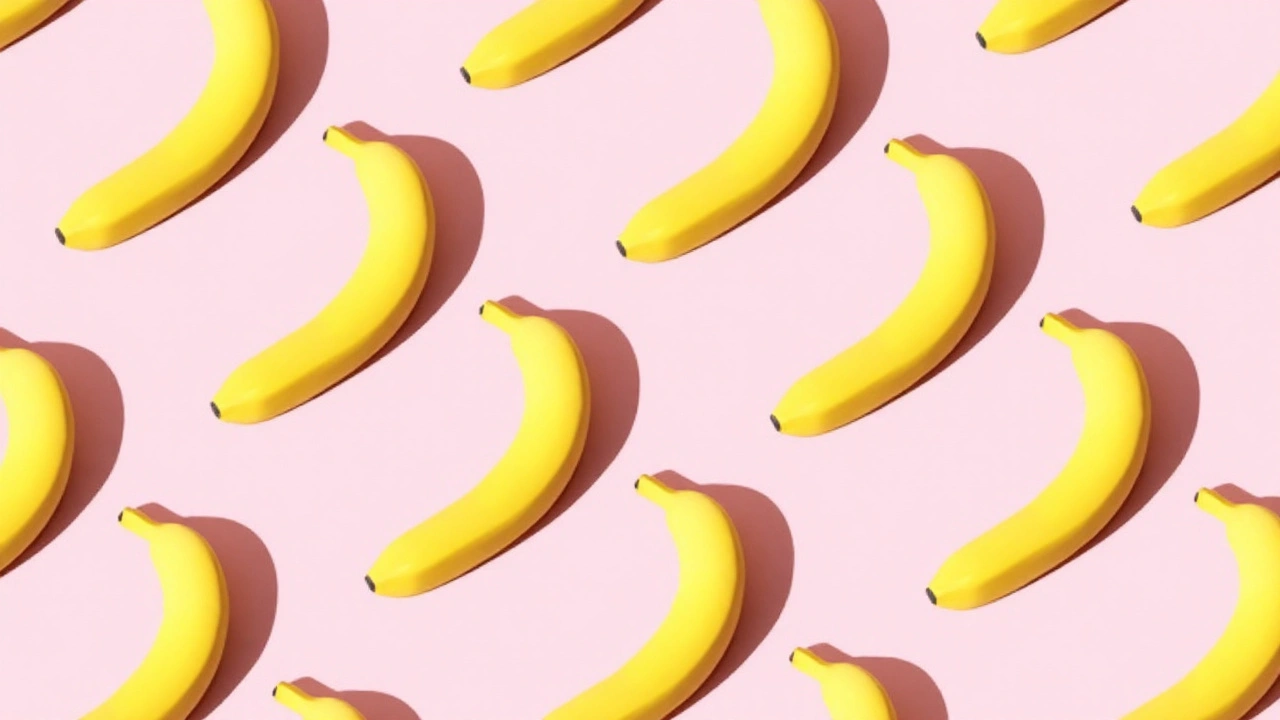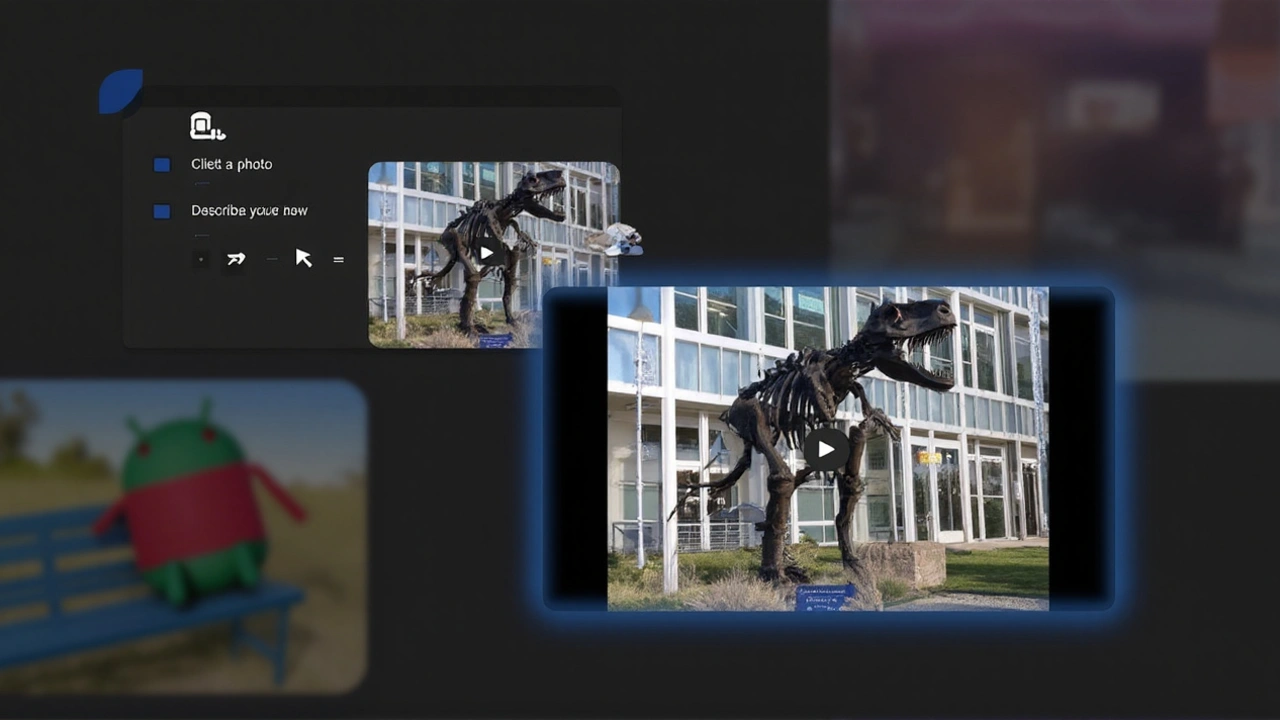
Rapid Rise to the Top of the App Store
The latest version of Google’s Gemini app rocketed to number one on Apple’s free App Store list, pushing long‑time leader ChatGPT into second place. The catalyst was the introduction of Nano Banana, officially dubbed Gemini 2.5 Flash Image, which rolled out on August 26, 2025. Within two weeks the app jumped from the AI‑apps sub‑ranking to claim the overall top spot on September 12, and it held that position through September 13.
Appfigures data shows the app edging toward 13 million total iOS downloads, a 45 percent month‑over‑month jump from the 9 million downloads recorded in August. Google’s own VP of Gemini and Google Labs, Josh Woodward, disclosed that 23 million first‑time users joined the platform between the Nano Banana launch and September 9. Those newcomers collectively generated more than 500 million images using the new model.
Beyond the United States, the momentum is global. Gemini sits inside the top five iOS charts in 108 countries, holding the second slot in both Canada and the United Kingdom. Interestingly, on Google Play the AI‑apps category still favours ChatGPT, underscoring a divergence between Android and iOS user preferences.
- Nearly 104 million total downloads in 2025 across iOS and Android.
- Over 185 million cumulative installs since the app’s debut in February 2024.
- More than 500 million images created in just two weeks after Nano Banana’s release.
- 23 million new users acquired in a 15‑day window.

Why Nano Banana Is Reshaping Consumer AI
Nano Banana isn’t just another text‑to‑image engine. It excels at preserving character likeness across multiple generations, meaning a person or product stays recognisable while backgrounds, outfits, hairstyles and other elements shift. This consistency makes the tool ideal for marketers, influencers and everyday users who want to remix a single photo into a series of fresh visuals.
Google deliberately set usage caps that match real‑world demand. Free users receive only five chat prompts per day but get 100 free image generations daily—a figure that jumps to 1,000 for paid subscribers at $19.99 a month. According to David Sharon, Multimodal Generation Lead for Gemini Apps, the limit reflects a clear user preference: people are far more excited about creating images than typing lengthy conversations.
The model’s accessibility is another driver. Nano Banana works with simple uploads; users can feed multiple photos, transfer styles between them, or ask the AI to turn a selfie into a toy‑like 3D figurine with a single command. No advanced prompting knowledge is required, and results appear within seconds—perfect for social‑media sharing or rapid marketing copy.
Feature highlights include:
- Style transfer that can morph a daytime shot into a night‑time cinematic scene.
- Background replacement while keeping the subject’s proportions intact.
- Batch processing that lets users upload a set of images and receive a cohesive series of variations.
- Conversational editing, where users can ask the AI to refine a generated image step by step.
The surge in Gemini’s rankings suggests that visual creativity is eclipsing pure chat‑based interactions for mainstream users. As more people discover the fun of instant image remixing, the line between professional design tools and consumer apps continues to blur. Nano Banana’s success could signal the next wave of AI‑powered applications—tools that prioritize quick, shareable visual output over lengthy text dialogues.
Comments (13)
-
Mayur Sutar September 21, 2025
The sheer scale of Gemini's recent surge is impossible to ignore. Over 13 million iOS downloads in just a couple of weeks shows how hungry users are for visual AI. Nano Banana's ability to keep a subject consistent across edits makes it a marketer's dream. With 500 million images churned out, the platform is clearly becoming a daily creativity tool. It will be interesting to see how this pressure shapes the next wave of AI competition.
-
Aayush Sarda September 25, 2025
From a strategic standpoint, India's tech ecosystem benefits when global AI leaders prioritize accessibility. The Gemini app's free tier, offering a hundred image generations per day, aligns with the democratic ethos of knowledge sharing. Such generous caps empower developers and content creators across emerging markets. The competitive edge gained here could influence regional AI investment trajectories.
-
Mohit Gupta September 29, 2025
Nano Banana is basically the hype machine we never asked for.
-
Varun Dang October 3, 2025
Seeing Gemini leapfrog ChatGPT on the App Store is a testament to how quickly visual AI is gaining traction. Users love the instant feedback loop of uploading a selfie and watching it morph into a stylized artwork. The 100 free image limit per day strikes a sweet balance between generosity and sustainability. For brands, the batch processing feature cuts down design time dramatically. The conversational editing feels like chatting with a personal designer. Overall, the ecosystem is moving toward a more playful and productive future.
-
Erica Watson-Currie October 5, 2025
Your point about instant feedback hits home. The line between hobbyist tools and professional design is blurring fast. This democratization could reshape creative careers.
-
Mark Pelletier October 10, 2025
In the grand tapestry of technological progress the rise of image‑centric AI marks a subtle shift in human expression. While text‑based dialogue once reigned as the primary conduit for digital interaction the visual medium now commands a louder voice. Gemini’s Nano Banana model exemplifies this transition by offering a tool that transforms raw pixels into curated narratives. The capacity to retain subject identity across variations mirrors the way memory preserves faces even as surroundings change. For creators this means a single photograph can spawn an entire campaign without the fatigue of manual redesign. The democratization of such power lowers the entry barrier for independent artists who previously relied on costly software suites. Moreover the sheer volume of generated images-half a billion in two weeks-creates a data reservoir that will inform future model refinements. Ethical considerations inevitably arise as the line between authentic photography and synthetic imagery blurs beyond easy detection. Consumers must cultivate a discerning eye to navigate a landscape where realism can be manufactured at the click of a button. Meanwhile platforms that host these creations will need robust policies to prevent misuse while encouraging innovation. From a market perspective the 23 million new users indicate a latent demand for visual storytelling that was previously unmet. Companies that adapt to this preference will likely capture greater engagement metrics across social channels. Conversely those clinging to text‑only interfaces may witness diminishing relevance as audience attention migrates toward the picture. The competitive dynamics between iOS and Android ecosystems further underscore how distribution channels shape user adoption. Ultimately the Gemini surge is not merely a ranking victory but a cultural indicator that visual AI is becoming integral to everyday digital life.
-
Cheyenne Walker October 12, 2025
The statistical uplift reported aligns with previously observed adoption curves for novel AI services. A key factor is the low friction onboarding, which reduces churn during the critical first week. Monitoring the ratio of free to paid conversions will be essential for sustainable revenue. Future updates should consider expanding the style library to retain power users.
-
Jo Simpkinson October 16, 2025
Oh great, just what the world needed-a banana‑flavored AI that turns every selfie into a cartoon. Because we were all suffering from a shortage of instantly generated memes. The app store crown feels more like a novelty trophy than a genuine breakthrough. Yet the numbers keep climbing, proving that hype can outrun substance. Guess we’ll all be dancing to the Nano Banana beat until the next flash.
-
Darrell Kuykendall October 18, 2025
Okay, the sarcasm is noted-this thing really is blowing up! Users just love the speed and simplicity, no fuss needed. It’s basically a pocket design studio.
-
Dean Obijekwu October 21, 2025
The momentum behind Gemini shows how community enthusiasm can drive platform growth. When users share their creations the network effect amplifies visibility. Keeping the feedback loop tight ensures the product evolves with real needs. It’s a solid example of user‑centric development paying off.
-
finlay moss October 23, 2025
Sure thing, but u know the real story is that most of those numbers are inflated by bots. The app store rank doesn't mean quality content is coming. Anyway, let's see if they can keep the hype alive.
-
Carl Gough October 26, 2025
Boom! Gemini's splash onto the top spot is a loud signal that visual AI is the next frontier. The burst of 500 million images in two weeks proves the hunger is real. Brands that jump on this train will ride a wave of fresh content without the usual bottlenecks. The free tier's generous limits lower the barrier even further, inviting creators from every corner. It's a bold move that could reshape how we think about digital artistry.
-
Rebecca Hayes October 29, 2025
The strategic implications of this rollout are noteworthy for any agency looking to upskill its creative pipeline. Leveraging Nano Banana's batch processing can streamline asset production cycles dramatically. Monitoring KPI shifts post‑implementation will validate ROI. Overall, the platform offers a compelling proposition for modern marketing workflows.
